- Xinjiang -
China's largest province, Xinjiang is the homeland of the Muslim Uyghurs and a fast-changing region where ancient and modern grind up against each other in surprising ways. High-speed railways cross the Martian landscapes linking cities in hours rather than days, and the regional capital Urumuqi is a forest of high-rise apartments and glass skyscrapers; while in parts of the Silk Road oases of Kashgar, Hotan and Turpan, life goes as it has for centuries, based around the mosque, the tea house and the bazaar.
Xinjiang is increasingly attracting visitors for its extraordinary natural beauty and fascinating Central Asian history and culture.
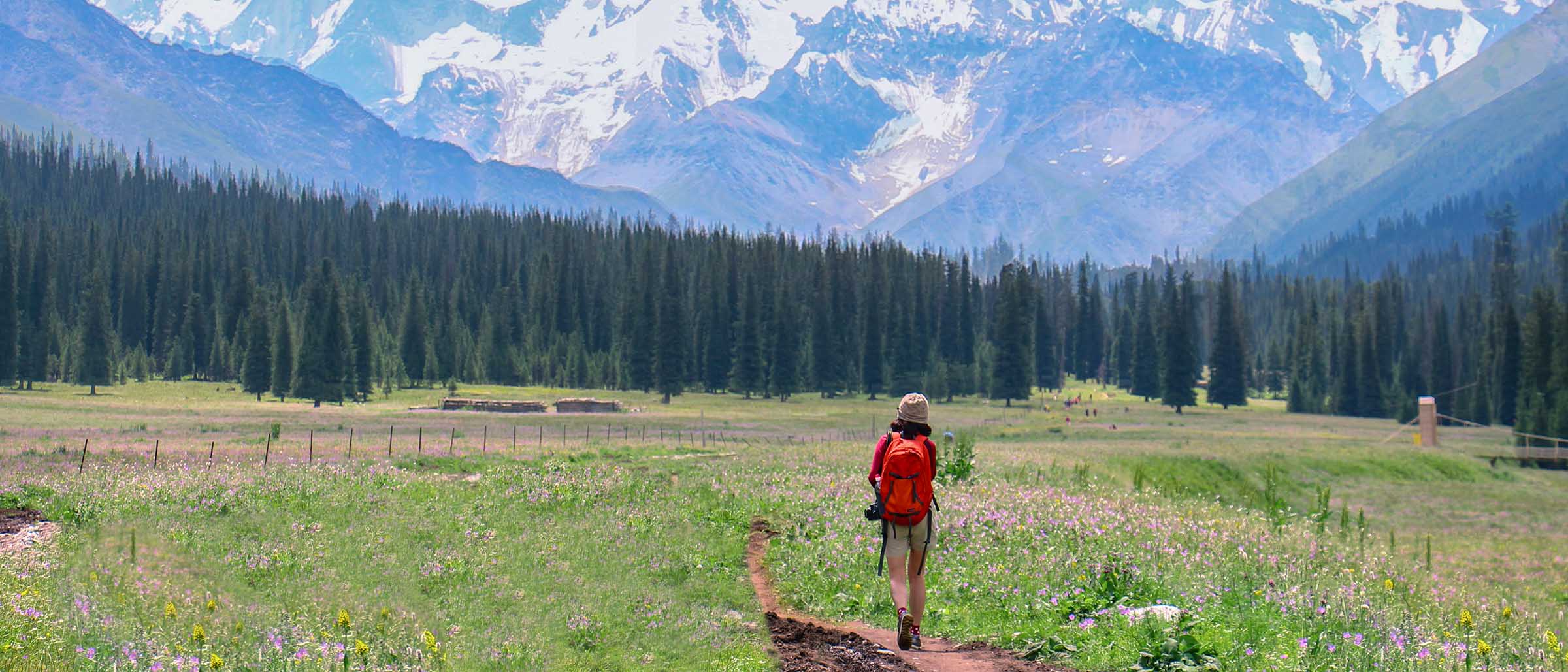
Basic Information
Chinese Name: 新疆( Xin Jiang )
Administration Type: Autonomous Region
Provincial Capital: Urumqi
Location: North western of China, bordered by eight countries including the former Soviet Central Asian republics, Mongolia, Afghanistan, Pakistan and India.
Area: Xinjiang spans over 1.6 million km2 (640,000 square miles)
Population: The 2010 census shows Xinjiang as having 21.82 million people.
Major Ethnic Group: Uyghur, Han, Kazakhs, Tibetans, Hui, Tajiks.
Famous Cities: Urumuqi, Turpan, Kashgar, Altay.
Xinjiang Geography
Xinjiang is the largest political subdivision of China—it accounts for more than one sixth of China's total territory and a quarter of its boundary length. Xinjiang is mostly covered with uninhabitable deserts and dry grasslands, with dotted oases at the foot of Tian Shan, Kunlun Mountains and Altai Mountains. The inhabitable oasis accounts for 9.7% of Xinjiang's total area by 2015.
Xinjiang is young geologically. Collision of the Indian and the Eurasian plates formed the Tian Shan, Kunlun Shan, and Pamir mountain ranges. Xinjiang is a very active earthquake zone. Older geological formations are located in the far north, where the Junggar Block is geologically part of Kazakhstan, and in the east, where is part of the North China Craton.
Xinjiang Climate
A semiarid or desert climate prevails in Xinjiang. The entire region has great seasonal differences in temperature with cold winters. The Turpan Depression recorded the hottest temperatures nationwide in summer,with air temperatures easily exceeding 40 °C (104 °F). Winter temperatures regularly fall below −20 °C (−4 °F) in the far north and highest mountain elevations.
Continuous permafrost is typically found in the Tian Shan starting at the elevation of about 3,500–3,700 m above sea level. Discontinuous alpine permafrost usually occurs down to 2,700–3,300 m, but in certain locations, due to the peculiarity of the aspect and the microclimate, it can be found at elevations as low as 2,000 m.
Xinjiang Religion
The major religions in Xinjiang are Islam among the Uyghurs and the Hui Chinese minority, while many of the Han Chinese practice Chinese folk religions, Taoism, Confucianism and Buddhism. According to a demographic analysis of the year 2010, Muslims form 58% of the province's population.Christianity in Xinjiang is the religion of 1% of the population according to the Chinese General Social Survey of 2009.
A majority of the Uyghur Muslims adhere to Sunni Islam of the Hanafi school of jurisprudence or madhab. A minority of Shias, almost exclusively of the Nizari Ismaili (Seveners) rites are located in the higher mountains of Pamir and Tian Shan. In the western mountains (the Pamirs), almost the entire population of Pamiris, (Sarikolis and Wakhis) are Nizari Ismaili Shia. In the north, in the Tian Shan, the Kyrgyz and Kazakhs are Sunni.
Afaq Khoja Mausoleum and Id Kah Mosque in Kashgar are most important Islamic Xinjiang sites. Emin Minaret in Turfan is a key Islamic site. Bezeklik Thousand Buddha Caves is a noticeable Buddhist site.
Xinjiang Cuisine
As the largest autonomous region in China, Xinjiang boasts substantial contingencies of different ethnic groups and is well-known for its Central Asian flair. Its cities are dominated by the Uyghur ethnic minority, as well as several other Muslim groups such as the Hui and Dongxiang people, meaning the food is predominantly halal and there is a marked lack of pork compared to other parts of China. In many ways, the cuisine in Xinjiang differs from the rest of the country and is distinctly non-Chinese. Roasted mutton, thickly fragrant spices, and sugary sweet desserts take centre stage when it comes to its signature dishes.
Since many of the cities within Xinjiang were once oasis towns along the Silk Road, they felt the influence of other ethnic groups most profoundly and have cherry-picked features of their cuisine, incorporating techniques and flavours from the Tibetans, Mongolians, Persians, Turkish, and numerous other nationalities. These have all come together to form a stunning mosaic of Chinese, Central Asian, and Middle Eastern qualities. Liberal use of seasonings like cumin, chilli powder, cinnamon, garlic, and saffron sets Xinjiang cuisine apart from other styles throughout China.
Xinjiang cuisine reflects the cooking styles of many ethnic groups of the Xinjiang region, and refers particularly to Uyghur cuisine. Signature ingredients include roasted mutton, kebabs, roasted fish, and rice.Because of the Muslim population, the food is predominantly halal.
Folk Festivals
Corban Festival (Muslim People)
Corban is an important festival for Muslims. Corban Festival is also called Zaishengjie while the Hui people call it Zhongxiaojie (festival of faith and obedience). It comes 70 days after the Feast of the Fast Breaking, or the tenth day of the second month in the Islamic calendar. The festival bears the meaning that disciples will devote everything to show their obedience and faith to Allah.
Grape Festival (Uygur People)
The Grape Festival is not just an ode to Turpan`s most important agricultural product, but a chance to celebrate the local way of life. Expect plenty of cultural treats in this remote corner of Xinjiang China. This oasis town in Eastern Xinjiang is picturesquely covered in vine trellises, shading the friendly locals from some of the fiercest heat in China. Almost every household has a hand in the grape business and the markets are full of sweet dried raisins. Its a relaxing place where donkey carts still outnumber cars, but it livens up in April each year.
Eid ul-Fitr (Muslim People)
Eid ul-Fitr often abbreviated to Eid, is a three-day Muslim holiday that marks the end of Ramadan, the Islamic holy month of fasting (sawm). The holiday celebrates the conclusion of the thirty days of dawn-to-sunset fasting during the entire month of Ramadan. The first day of Eid, therefore, falls on the first day of the month Shawwal.
Nowruz Festival
Nowruz Festival is celebrated as the traditional New Year for Uyghurs, Kazaks, Kirgiz, and Uzbeks in China’s Xinjiang region. It is celebrated around March 21st, which is the first day of spring, and the beginning of the year on the Iranian calendar. This festival is celebrated in many countries like Iran, Afghanistan, Kurdish regions of Iraq, Turkey and central Asian countries. It marks the beginning of the planting season. There are several traditional activities that the people take part in. In one activity, the head of the family waves burning pine and fir branches over the heads of the family. There is a traditional Nowruz porridge, “Harach” that is made from many ingredients that is served at lunch. There are many different traditional performances and celebrations that include singing, dancing, wrestling, and acrobatics.
Chinese Name: 可可托海国家地质公园 (Keke Tuo Hai Guo Jia Di Zhi Gong Yuan)
Location: Keketuohai Town, Fuyun County, Altay Prefecture, Xinjiang.
Ticket: Entrance ticket CNY90.00, sightseeing bus CNY26.00
Estimated tour time: half day
Recommended tome to visit:May to Sep
Nearby attractions: Colorful Bay, Hemu Village, Kanas Lake
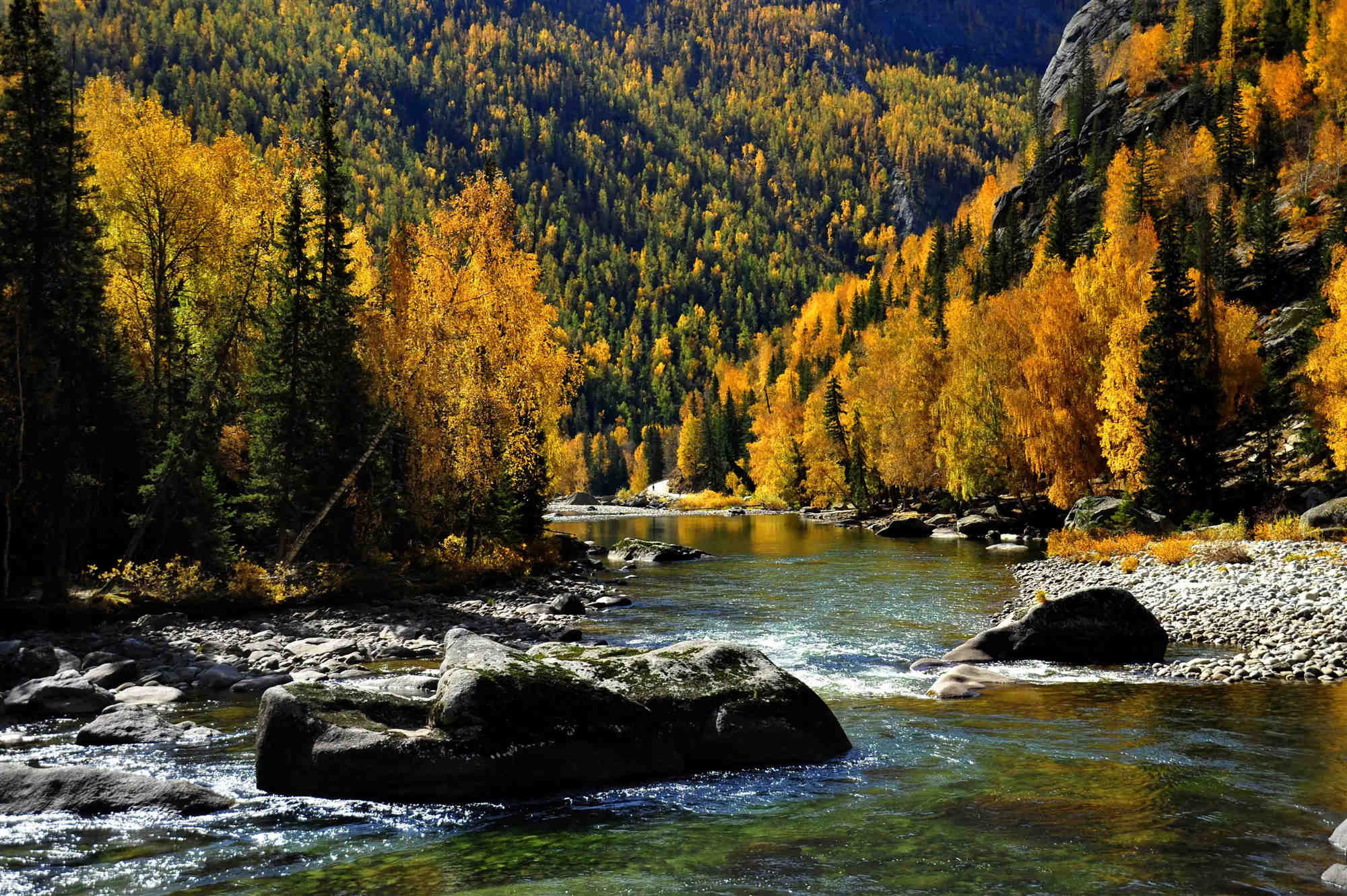
In the northeast edge of the Junggar Basin, Altay mountains of teh eastern end of the south, the source of the Irtysh River, there is a since the founding of the country was classified as highly confidential area-Keketuohai. The area is known as China’s Yosemite.
The Geopark is composed of Irtysh Scenic Area, No. 3 ore Scenic Area, Sayihengbulake Scenic Area, Kekesuli Scenic Area and Kalaxianger Scenic Area. Inside the park, visitors will be able to enjoy the breathtaking views that include the Irtysh Grand Canyon, a huge mine crater, lakes, mountains, a waterfall, fossils and rivers.
As the major scenery of Keketuohai Scenic Spot, the Irtysh Grand Canyon is an amazingly beautiful wonderland properly decorated with mountains, waters, trees, stones, and human beings which together bring tourists there a fantastic experience. Cocoa Sullivan Lake, commonly known as Wild Duck Lake, abounds in aquatic plants with over 20 floating islands of reeds. In summer and autumn, thousands of ducks, crane and red geese gather and live here, making the lake a good place for sightseeing tours on cruise ships and fishing in leisure tours, photographing and camping.
Ilaymu Lake is the largest barrier lake rich in large earthquake geological fault zones, which looks like a huge "8" from above. In the center of the lake are two mountains from east to west, leaving a rather narrow stream behind which seems like Three Gorges of Yangtze River when one looks from near and like an enormous aquamarine from high and afar. With the title of "Geology Museum", Kalaxianger Earthquake Fault Zone is now the most spectacular and most well-preserved earthquake site in the world. In the eyes of geological experts, it’s also a geological shrine.
The beautiful and rich Keketuohai nurtures diligent, kind, brave and hospitable Kazak nationality. Kazakh nationality has being living a nomadic life since ancient times. They engage in raising livestock for generations and live where there is water and grass, known as the "the Nationality on Horseback". In Keketuohai, the distinctive cultural and sports activities, including Horse shows, Aken playing and singing, Buzkashi (goat grabbing) and Girls chasing, constitute the main melody of traditional culture.So to speak, it is the miraculous and mild mountains and rivers that help the Keketuohai Geopark to own differential freshness and intelligence; while it is also the wildness and legend of Kazakhs' life that leave a lot of cultural landscape for the Keketuohai Geopark.
Keketuohai Highlights
Cocoa Sullivan Lake
Cocoa is located in Sullivan County Fuyun. It’s one of the main resort Keketuohai National Geological park, 23km from Fuyun County. Coco Sullivan lake, also known as Wild Duck Lake, the lake area is around 2677 acres, with an depth of 100 meters. the lake has roots interleaved reed floating islands formed by a plurality size of abundant aquatic plants.
Coco Sullivan blue lake clarification, rich aquatic flora and fauna, Plenty of aquatic plants and more than 20 floating islands in the lake attract thousands of wild ducks, moorhens and swan gooses every year. There is also a large grassland to the south of the lake which supports herds of cattle and sheep.Distant expanse of fertile grassland, cattle and sheep flocks, feeding the lake relaxing, quite comfort. Clouds, mountains and beautiful prosperous Cocoa Sullivan, and draw up a strong Italian danmo of Chinese landscape painting, with one “Prairie flooding”, the stunning views, is seek spring outing, fishing scenery, a great place for photography stetch.
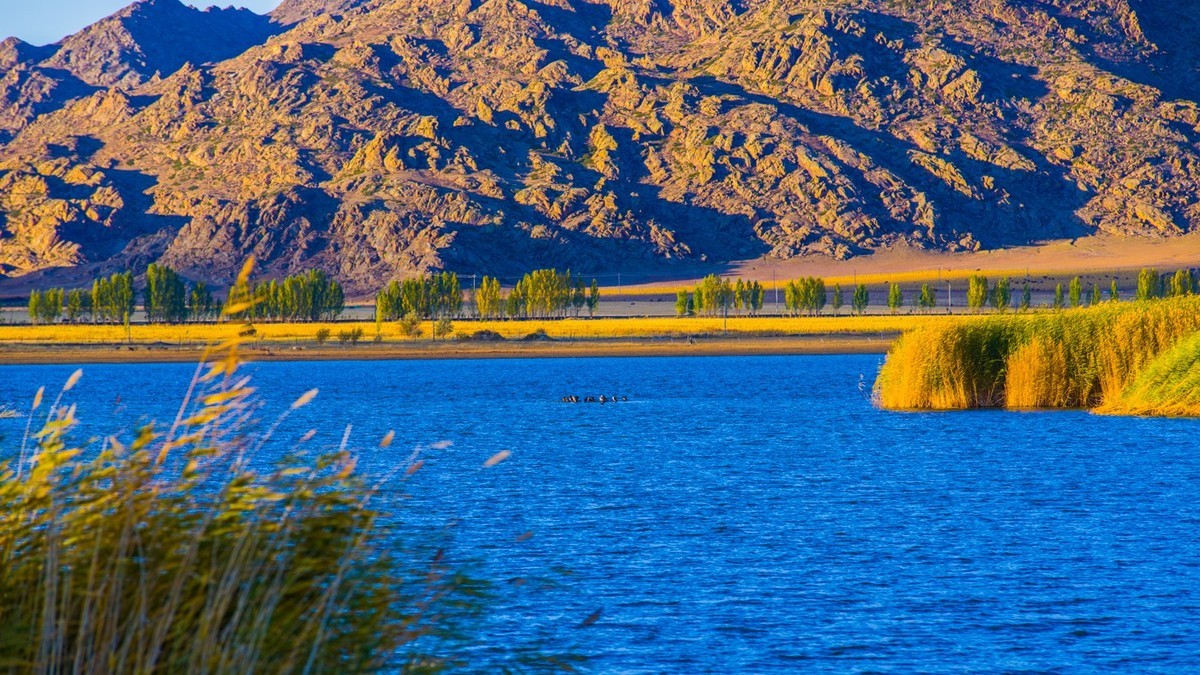
The 3rd Pit
There are rich geological relic resources in the Geopark. The granite landform at the source of the Irtysh River is unique, and the mountains are mainly in such forms as campanulate, quaquaversal and pyramidal,with the exposed bedrock and the extremely high cliff. For the surface form of the mountain, the top is round and smooth, and the side face is steep.
Keketuohai was once a celebrated mining area in China, and rare metals were mined there for more than half a century.
World-class granitic pegm atite deposits,especially i the veins of dozens of the most typical and representative three vein. There are 80kinds of mineral symbiosis, mainly lithium, beryllium, niobium, tantalum, cesium and other rare metals, including beryllium reserves ranking first in the world, this unique dikes for domestic and foreign rare. Precious stones such as emerald, aquam arine and emerald, amethyst, garnets, etc. Produced in the granitic pegm atite. Whether the completeness of geochemical evolution of its pegmatite, or the width and abundance of its rare metal mineralization, or the magnificent and unique tectonic formation characteristics, etc. is rare throughout the world, the ore vein is also the basis and realistic reflection for the generation of Modern Mineral Crystallography and Granite Pegmatite Metallogeny Theory. The typical graph of the ore vein has been included in the textbook, paper and monograph of many countries.
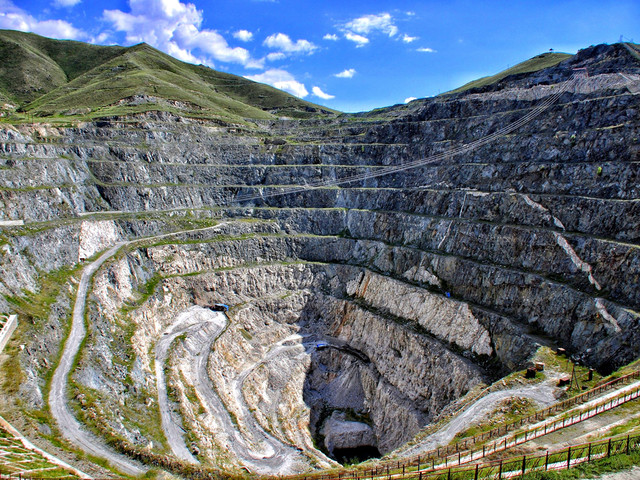
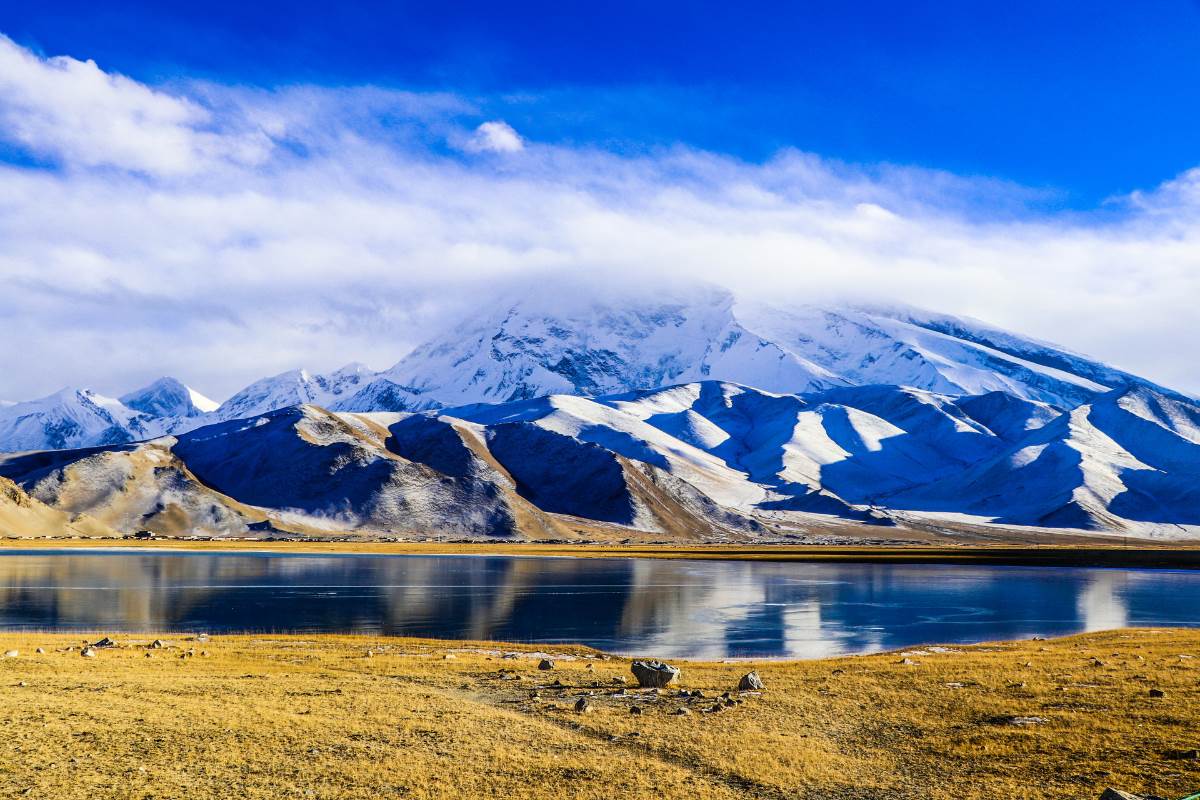
- $2280.00
- 12D11N DAYS
01. A historical relicss of the ancient silk road tour in south Xinjiang, Experience a bazaar that has existed for centuries on the Silk Road, enjoy kebabs in the night market while Uyghur music and dance videos blare from the vendors, explo…
Read More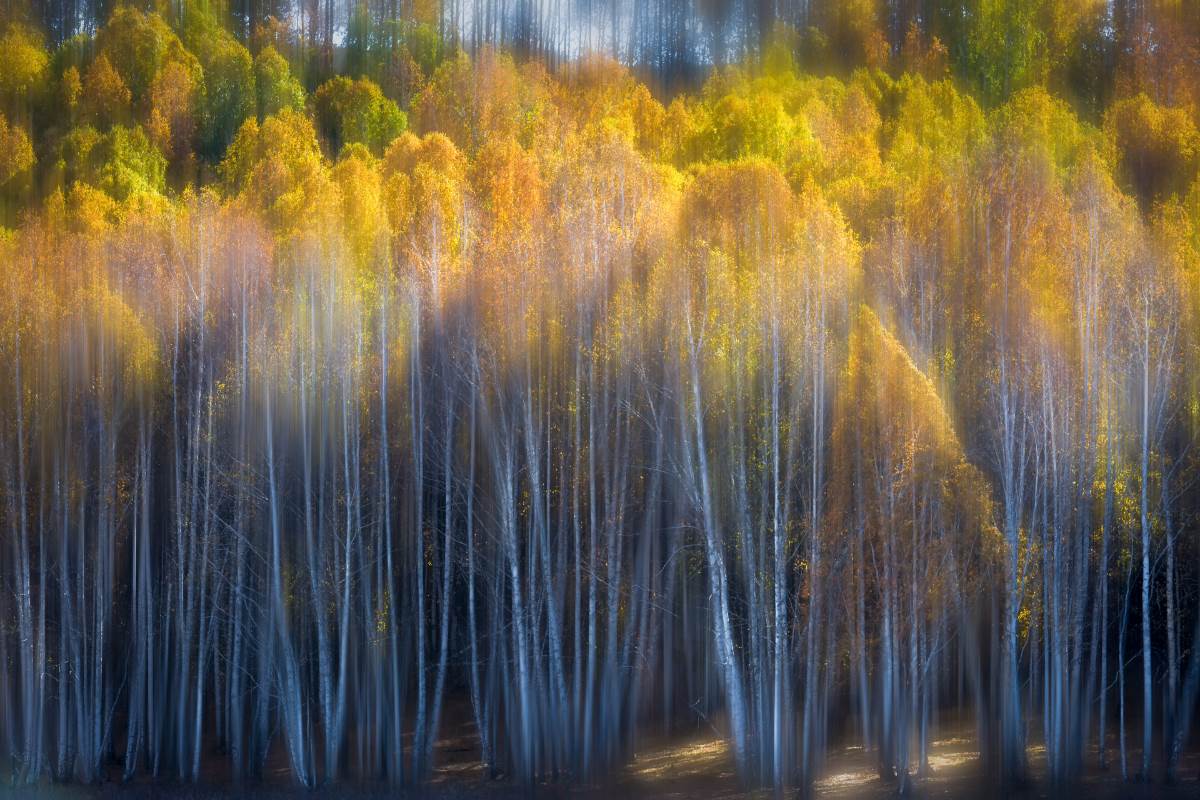
- $1380.00
- 10D9N DAYS
01. Enjoy the beautiful and mysterious Kanas Lake, a heavenly oasis in Xinjiang desert,famous as the “Oriental Switzerland” and the paradise of photographers; The "treasure Light" integrates with the beautiful Kanas Lake view, th…
Read More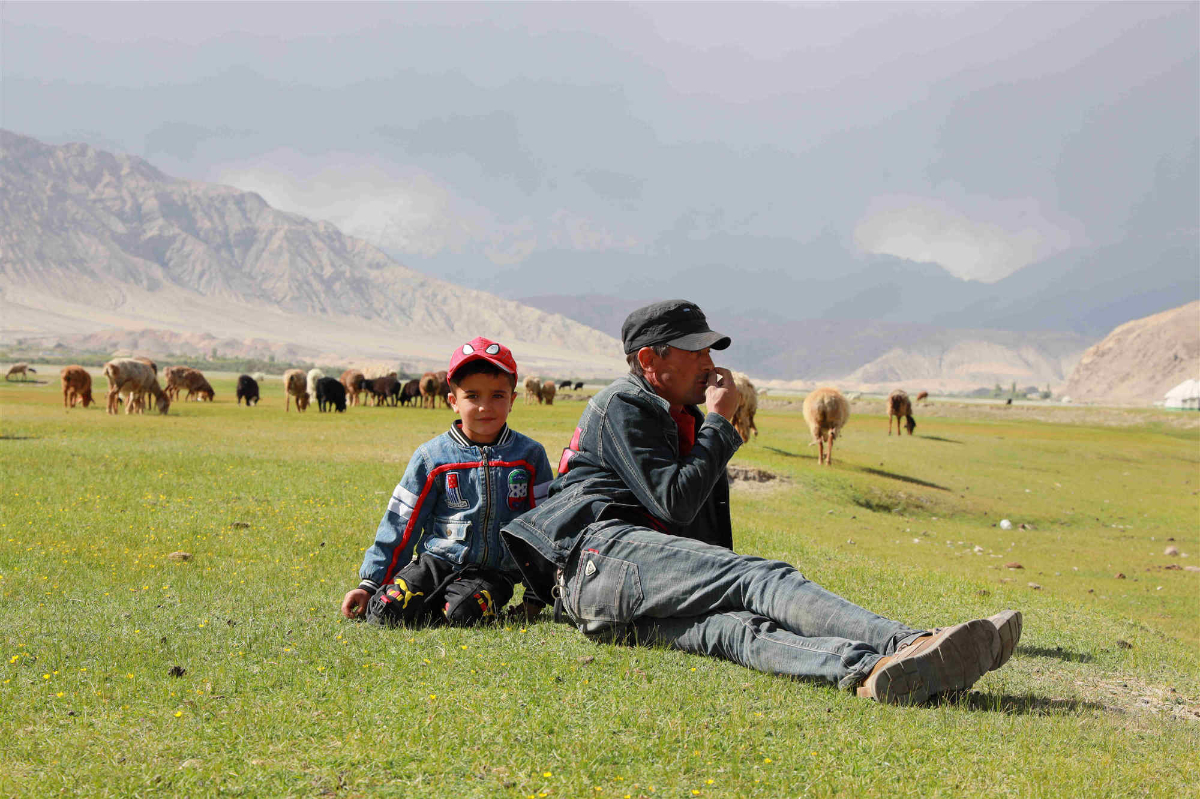
- $USD868.00
- 7D6N DAYS
01. A historical relicss of the ancient silk road tour in south Xinjiang, Exploring the hub connecting China to Central Asian countries, stroll around the Old Town, to explore the special culture of local people in Kashgar. Experience a baza…
Read More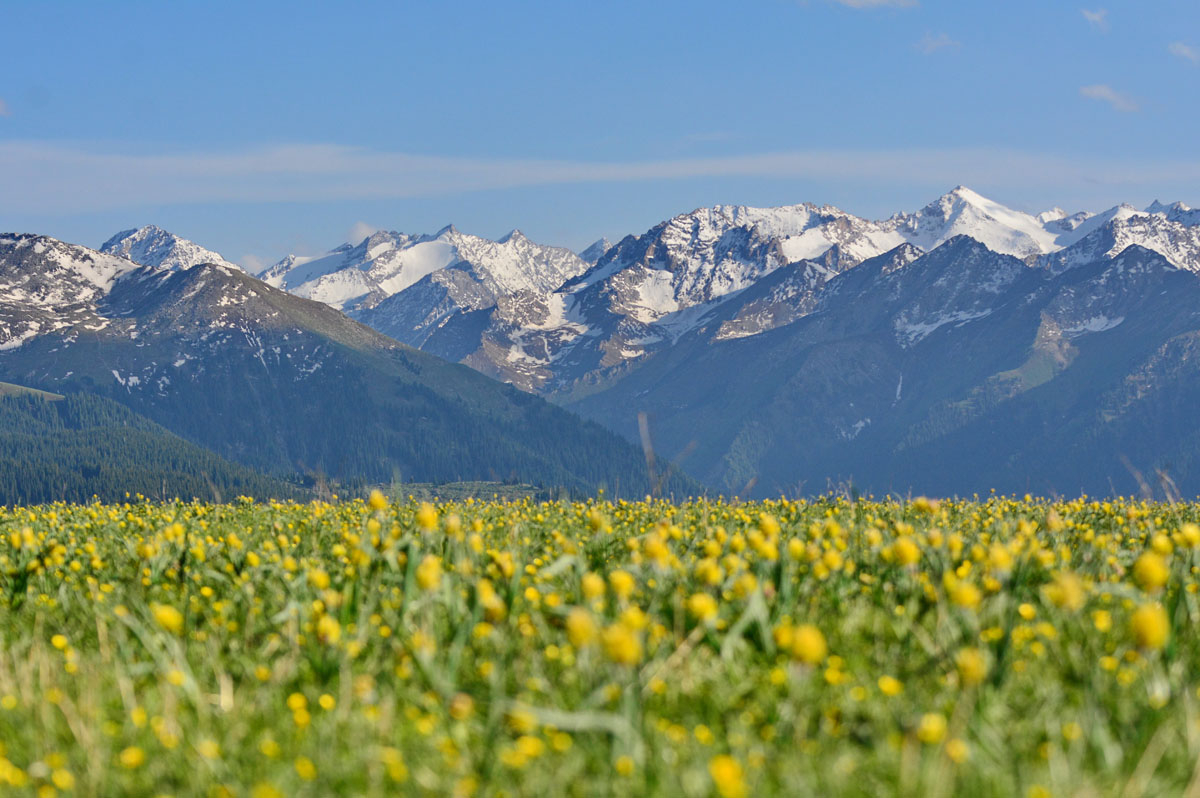
- $1658.00
- 12D11N DAYS
01. A tour travel deep into remote Xinjiang grasslands in the best time, including Sayram lake, Xiata Grand Canyon, Kalajun Pasture, Nalati Grassland, Bayanbuluk, winding river, large flat valley, towering and steep mountain peaks, dense fo…
Read More